[summary]The LG G8 ThinQ is a smartphone that presents a mix of promising innovations and significant drawbacks. It features advanced Face Unlock technology and a “Crystal Sound Amplifier,” which uses the display as a speaker, alongside a sensible rear fingerprint sensor and a retained headphone jack. However, the phone is heavily criticized for its flawed software, impractical AirMotion feature, slippery design, and lack of timely software updates. While the camera and battery life are adequate, they don’t stand out against competitors. Overall, despite its forward-looking ideas, the LG G8 ThinQ is overshadowed by its shortcomings, making it difficult to recommend in a market with better options available.[/summary]
LG G8 ThinQ: A Mix of Promise and Disappointment
Introduction
LG, once a beloved brand in my eyes, has struggled to maintain its competitive edge in recent years, and the LG G8 ThinQ is emblematic of this decline. While the phone boasts some innovative features, it is marred by several missteps that detract from its potential.
The Bright Spots
ToF Face Unlock
One of the standout features of the LG G8 ThinQ is its Face Unlock capability. While face recognition technology is not novel, LG’s implementation deserves praise. The phone’s “Z-Camera,” a time-of-flight sensor, enables precise facial mapping. This means the LG G8 ThinQ can securely recognize your face, akin to Apple’s FaceID on the iPhone X, and it resists being tricked by photos, unlike some competitors. However, the feature is not without flaws—it is slower than most and requires the phone to be held at eye level.
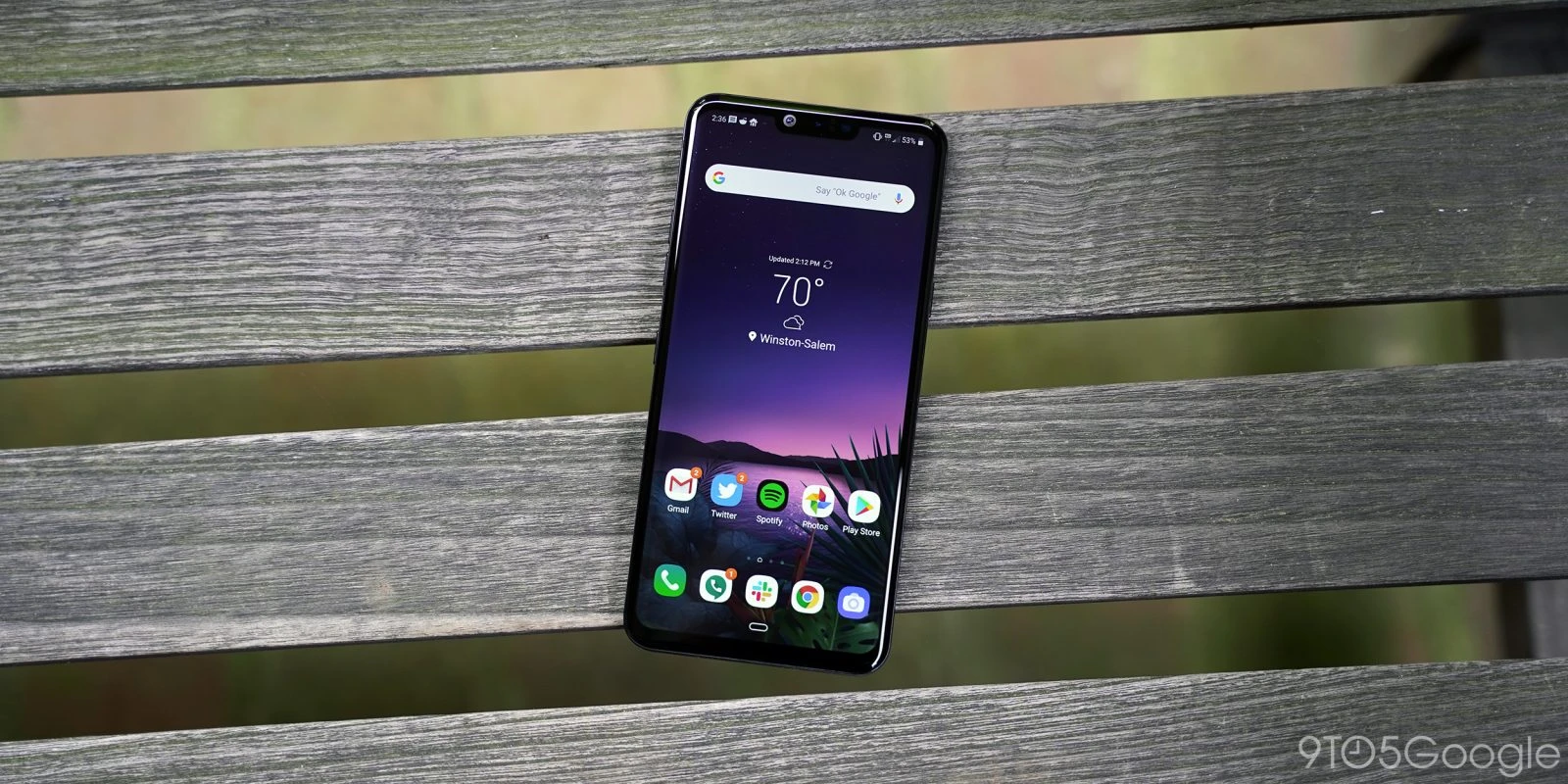
In my experience, LG’s Face Unlock seems to set a standard for biometric security that other manufacturers should aspire to. Although I miss the fingerprint sensor, I appreciate the security advancements in facial recognition.
‘Crystal Sound Amplifier’
The absence of a visible front speaker on the LG G8 ThinQ is intriguing. Instead, LG employs a “Crystal Sound Amplifier” that uses the display as a speaker through vibrations. This technology, while not entirely new, offers a crisper sound quality and minimizes background noise during calls. My only gripe is the speaker’s placement, which is lower on the display than preferred.
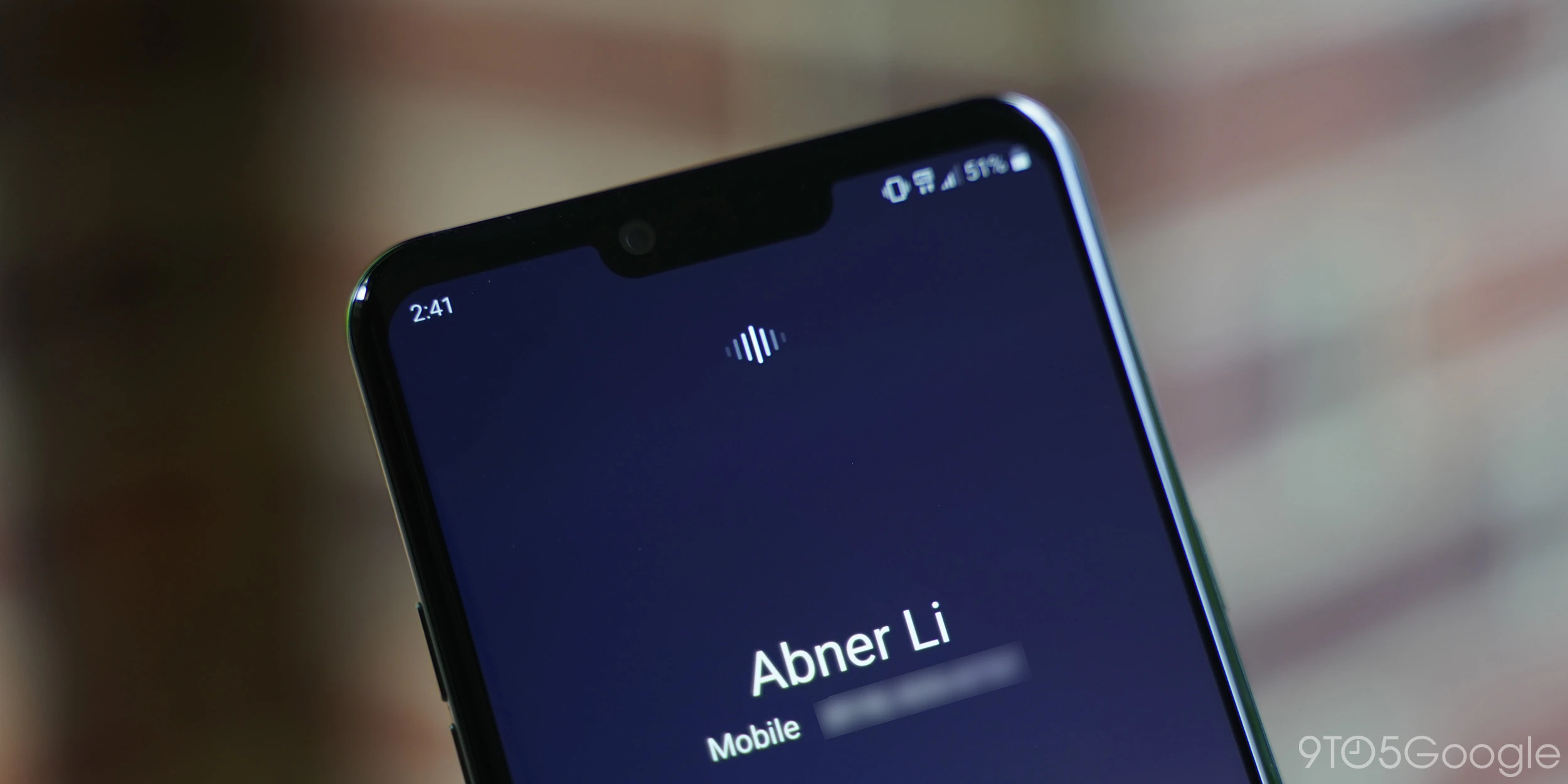
Sensible Fingerprint Sensor Placement
In contrast to the current trend of in-display fingerprint sensors—which are often slow and inaccurate—LG wisely opted for a rear-facing capacitive fingerprint sensor. This choice ensures accuracy and convenience, complementing the Face Unlock feature until such biometric methods become universally accepted for app authentication.

Moreover, LG has finally introduced the swipe gesture for quick notification access, a feature I will miss when fingerprint sensors phase out.
The Resilient Headphone Jack
In a world where many manufacturers are abandoning the headphone jack, the LG G8 ThinQ retains it. Located at the bottom of the device, it utilizes LG’s reliable Hi-Fi DAC, a boon for analog audio enthusiasts. LG excels in this area, and it deserves credit for maintaining this feature.
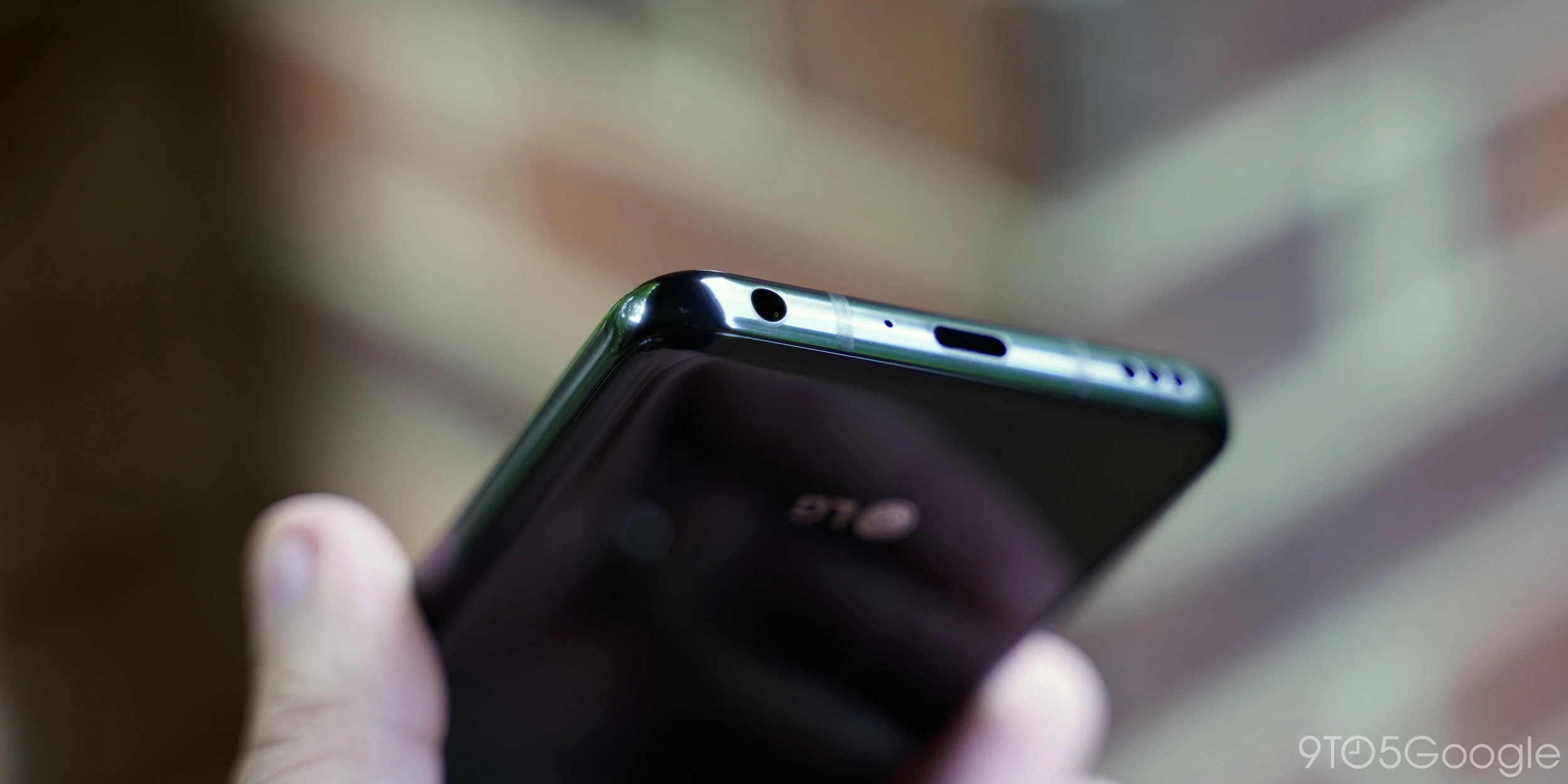
Superior Vibration Motor
LG has been a pioneer in improving vibration motors in Android devices, starting with the LG V30. Although Google has since surpassed LG in this area, the LG G8 ThinQ still offers vibrations that are robust and satisfying, unlike many other devices.
The Missteps
Troubling Software Experience
Despite its hardware innovations, the LG G8 ThinQ is undermined by its software. LG’s Android skin, layered over Android Pie, is plagued with bloatware and perplexing UI changes. The gesture navigation is flawed, with erratic animations and scrolling issues. Additionally, the app drawer is frustrating, failing to organize apps alphabetically and leaving unnecessary blank spots.

LG’s software woes extend to bizarre prompts, such as a setup warning not to remove the battery—a remnant from an era when LG offered removable batteries. Editing screenshots is another cumbersome process, reflecting broader inefficiencies in LG’s software.
Overall, the software experience is chaotic and deteriorating, a deal-breaker for many potential buyers.
AirMotion: A Gimmick Gone Wrong
The Z-Camera’s potential is squandered on AirMotion, a feature that scans hand movements for control functions. While the concept is sound, the execution is abysmal. AirMotion struggles to detect hand gestures reliably, making it impractical for real-world use. The feature is so inefficient that washing your hands would be quicker than relying on AirMotion.
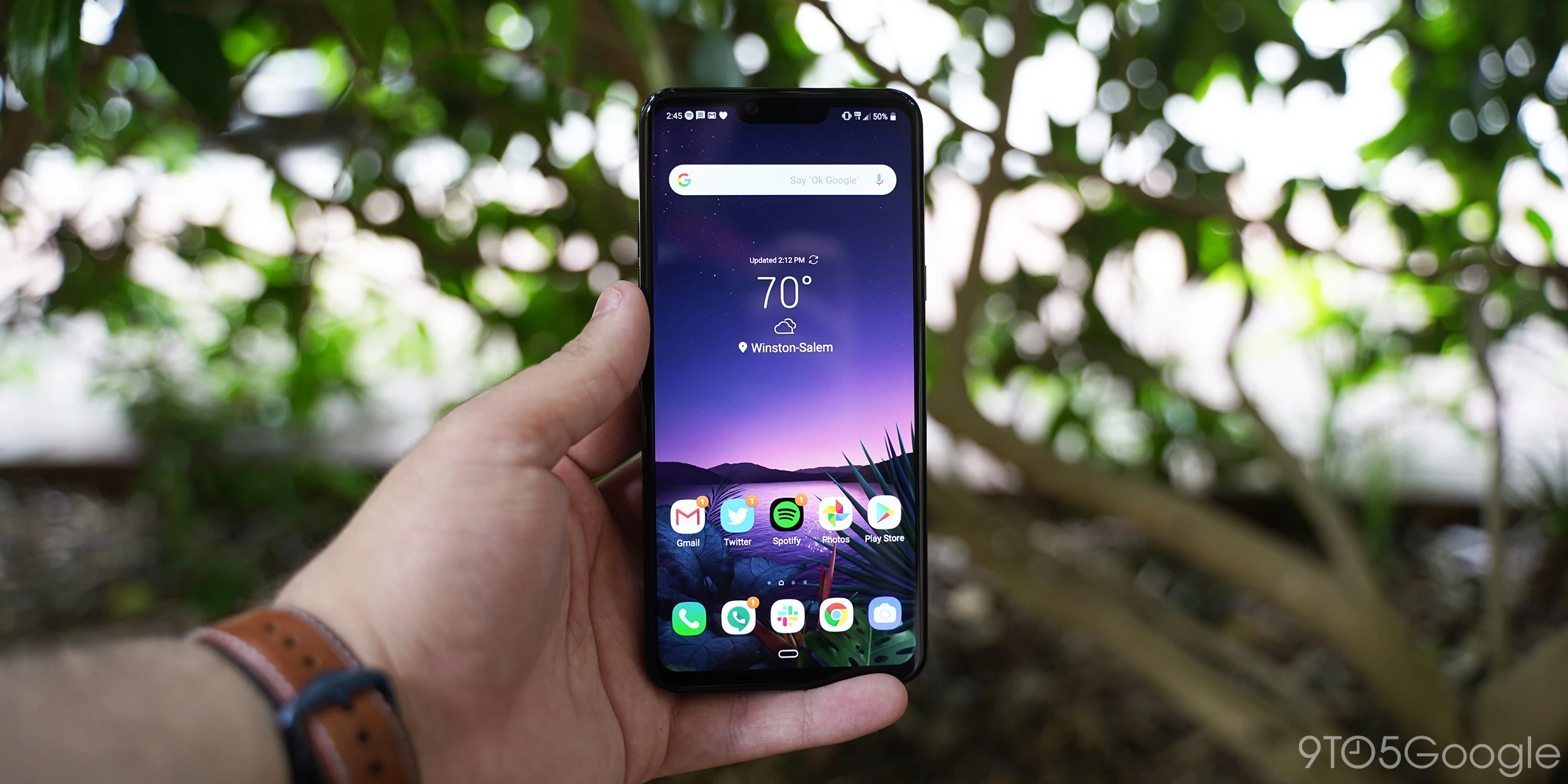
The only redeeming aspect is the novelty of seeing how the phone visualizes your hand.
Slippery Design
The LG G8 ThinQ’s glass design is exceptionally slippery, surpassing typical glass phones. It tends to slide off surfaces, leading to potential damage. Whether it’s the lack of a camera bump, a unique coating, or the shape, the slipperiness is baffling and exasperating.
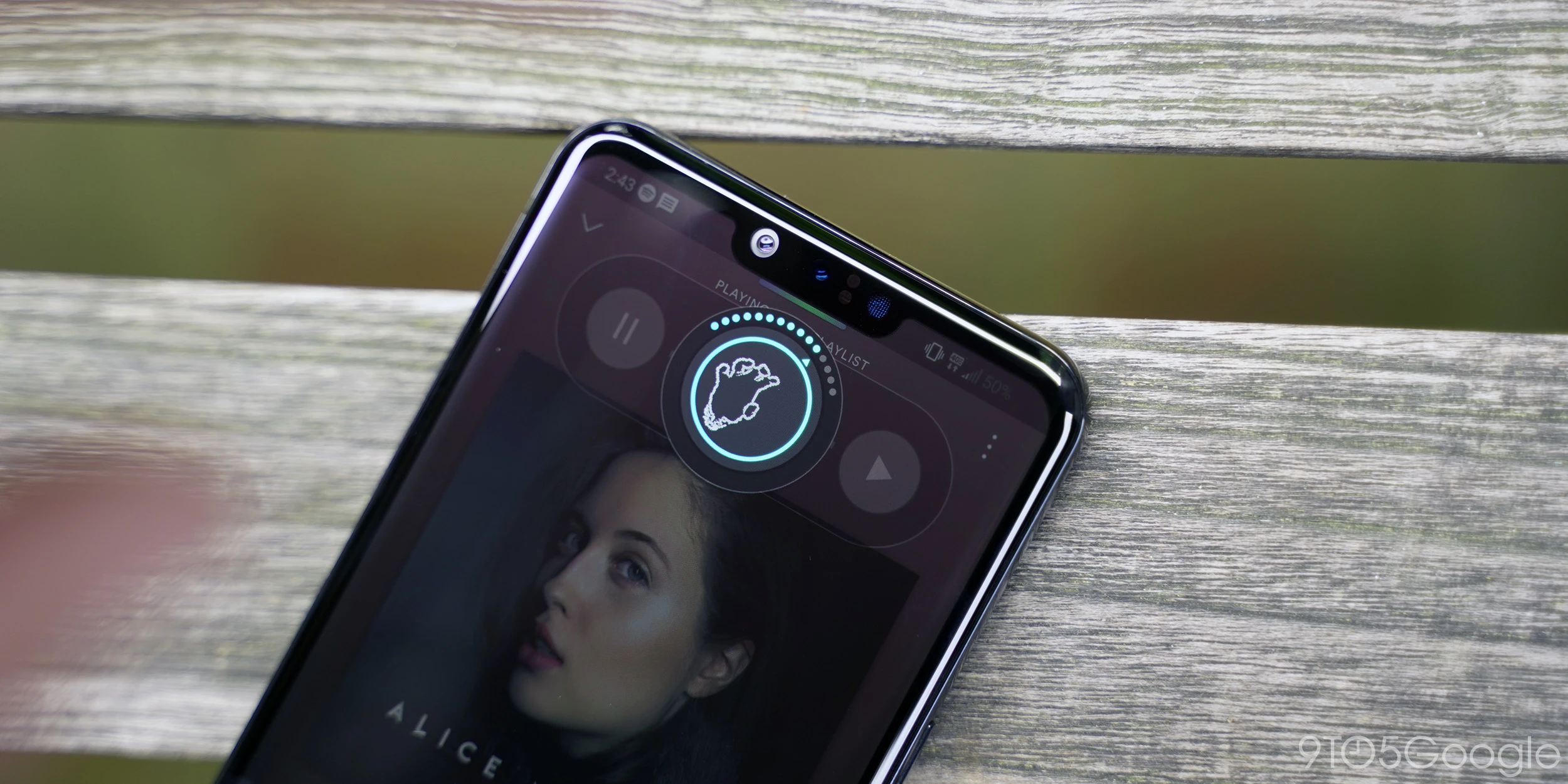
Without a case, especially on hard floors, users should brace for frequent falls and possible breakage.
Lack of Timely Software Updates
The most significant drawback of the LG G8 ThinQ is the lack of software updates. LG has a poor track record for providing updates, including security patches. Buyers should not expect more than one major software update, and even that will likely arrive much later than for other devices.

Final Verdict
Camera and Battery
The LG G8 ThinQ’s dual or triple camera setup, depending on the region, delivers mediocre performance. While the 16MP main camera and ultrawide lens are adequate, they fall short of competitors like Huawei, Apple, and Google.
Battery life is satisfactory, surpassing some models like the Galaxy S10 and Pixel 3 XL, but it’s not exceptional. Wireless and fast charging are available, adding convenience.
Display Quality
As LG’s first G-series device with an OLED display, the G8 ThinQ impresses with its vibrant and bright panel. While not quite on par with the Galaxy S10, it’s a step in the right direction for LG.
Conclusion
Ultimately, the LG G8 ThinQ is a phone I cannot recommend. Despite its forward-thinking ideas, it is bogged down by unnecessary gimmicks and flawed software. Most critically, LG’s lack of commitment to software updates makes this phone a poor investment. For the same cost, or even less, options like the OnePlus 7/Pro, Pixel 3a, or a used Samsung Galaxy device offer better value and longevity. Until LG addresses these issues, its promising innovations will continue to languish.
